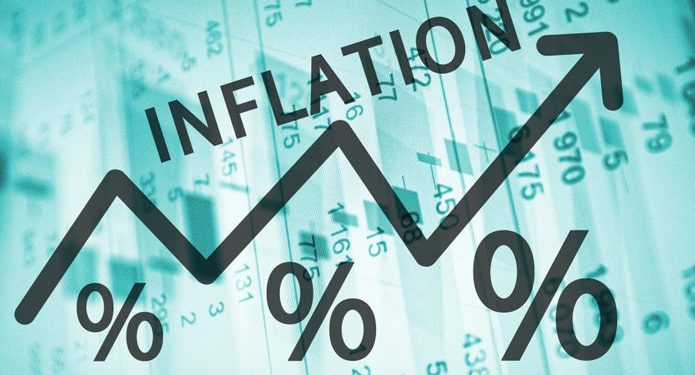Data released by the Ghana Statistical Service, GSS, indicate that, the Consumer Price Index (CPI) for July 2020 has increased to 11.4 percent.
The increase represents a 0.2 percentage point relative to the 11.2 percent recorded in June 2020.
The Consumer Price Index measures the change over time in the general price level of goods and services that households acquire for the purpose of consumption.
A statement issued by the GSS indicates that, the 11.4 percent shows that increases in food prices continued to influence the rate of inflation.
Also, month-on-month inflation between June 2020 and July 2020 was however 0.5%. This is lower than the 1.0% recorded between May and June 2020.
It further noted that, only two of the 13 divisions had higher than average inflation rates. They were Housing, Water, Electricity and Gas (20.3%) and Food and Non-Alcoholic Beverages (13.7%).
The figures from the GSS further stated that the Food and Non-Alcoholic Beverages Division recorded a year-on-year inflation rate of 13.7%. This is however 0.1 percentage point lower than in June 2020 (13.8%) and 1.4 percentage points lower than May 2020 (15.1%).
However, year-on-year non-food inflation stood at 9.7%, which is higher than the 9.2% measured in June 2020.
Within the Food Division, Vegetables (28.2%) and Fruits and Nuts (13.0%) were the subclasses with the highest rates of inflation. Month-on-month inflation for Fruits and Nuts stood at 0% while Vegetables recorded a negative inflation of -1.5%.
Housing, Water, Electricity and Gas (20.3%) recorded the highest year-on-year inflation in the non-food category.
The Non-Food Subclasses with the lowest inflation were Life and Accident Insurance (-13.4%), Electricity (-35.5%) and Electric Appliances for Personal Care (-66.4%).
Also, the inflation of imported goods was 5.1%, while the inflation of local goods was 14.1% on average.
At the regional level, the Greater Accra recorded the highest year-on-year inflation of 16.2%, whilst the Volta region recorded 4.2 %.












